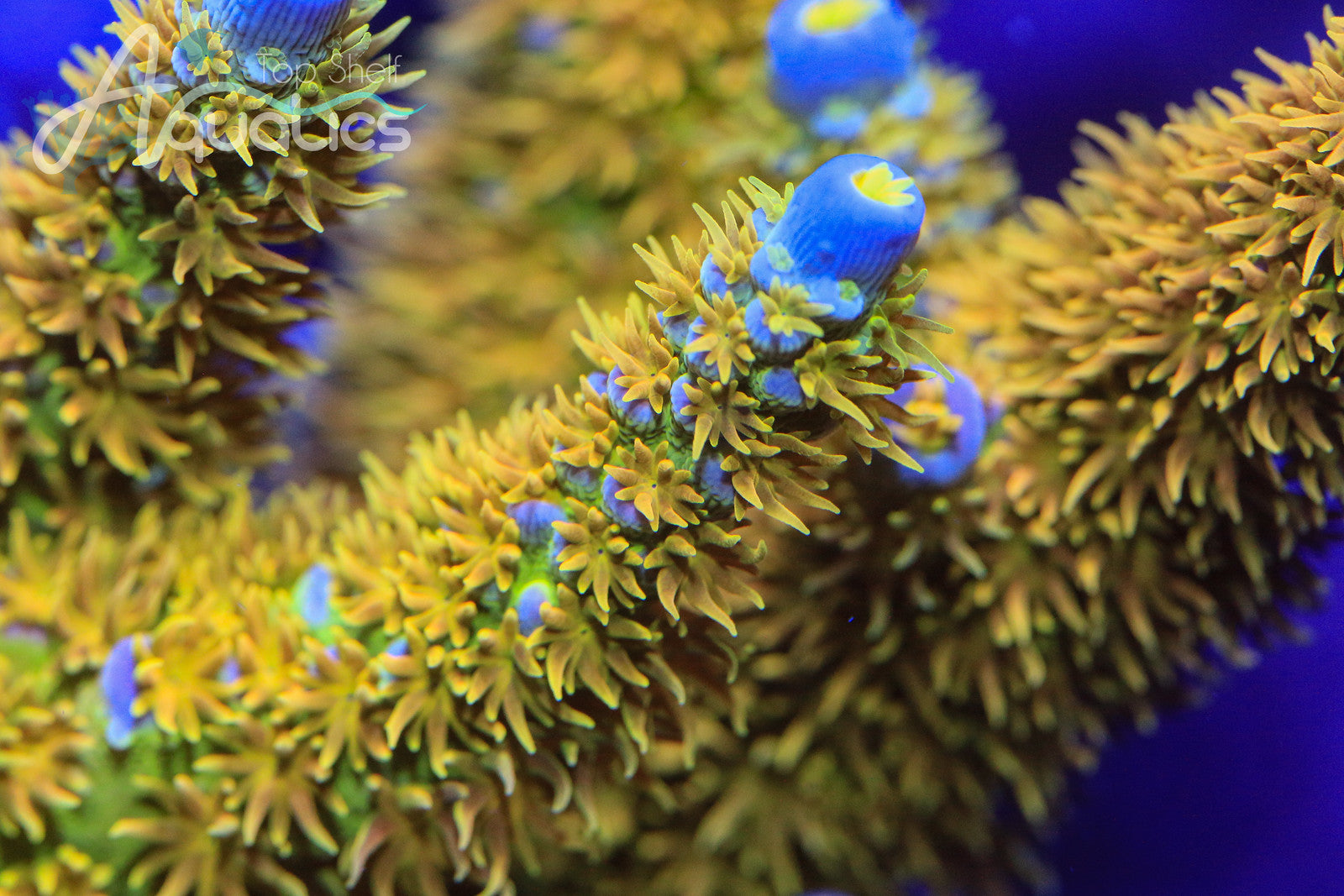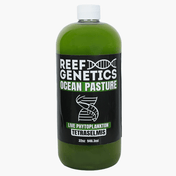Acclimating Coral Frags for Maximum Health and Lifespan
When you embark on the journey that is owning and maintaining corals, it’s essential to brush up on the very basics — namely, how to get the corals into your tank with minimal stress! Acclimating coral frags to a new tank is key to preserving their health and ensuring their longevity, so you can enjoy their beauty for years to come.
Why Should I Acclimate New Corals?
Acclimation is the process of gradually allowing the coral to adjust to its new water parameters. Your corals may have already gone through a stressful journey in the shipping process, so easing them into their new habitat helps improve their chances of survival. Differences in salinity, temperature, and pH can shock the coral’s system if it is transferred too quickly into a new tank, causing damage to both the new coral and existing tank residents.
How to Acclimate Coral Frags
- (Optional) Set up a quarantine tank: If you have access to a quarantine tank, isolating new corals before introducing them to the main tank is recommended to ensure they won’t introduce pests or diseases. It’s common to keep new arrivals in quarantine for two to three weeks.
- Turn off the aquarium lights: Your coral has spent the past day or so in the dark while being shipped, meaning the sudden exposure to bright aquarium lighting may stress them even further.
- Keep the frags underwater: Coral tissues are delicate and easily damaged when removed from the water for long periods. Try to keep them underwater as much as possible. If possible, wear thin latex gloves when handling the corals to protect the coral’s outer mucous layer.
- Transfer the coral and its water to a new container: When acclimating new coral, many hobbyists will place the shipping bag or container in their aquarium to balance the temperature. However, this can potentially introduce pathogens and other contaminants to your tank, so we recommend transferring the coral and its shipping water into a medium-sized, clean plastic container.
- Begin transferring the aquarium water: The speed at which you add the water to the container depends on how far off the water parameters are. Generally, the slower you add the water, the better. Corals are susceptible to fluctuations in pH and salinity. Aim to add a 1/2 cup of aquarium water every five or so minutes. Some aquarists prefer using a drip to acclimate corals as gradually as possible.
- Dip corals in a pest-control solution: New corals can bring unwanted guests with them, like bacterial infections and flatworms. It’s recommended you dip them in a pest control dip, like Seachem Reef Dip or Coral Rx, before adding them to the tank to mitigate the risk to existing corals in the system.
- Introduce them to the tank: If you’ve quarantined your new arrivals, repeat the above steps to acclimate the coral to the main aquarium. Try to place them in a location with low light and an appropriate flow level.
The Bottom Line
As many aquarists can attest, taking care of corals is a lot of work but incredibly rewarding. But with a bit of help from Top Shelf Aquatics, the process can get easier. We stock a wide range of top-quality corals, inverts and fish. In addition, we update our catalogs daily.
You contact us today or join the VIP club for notifications on offers and upcoming events that can prove insightful in helping you make the most of your newfound hobby and improve your chances of success.



















